With the modern resurgence of Metroidvanias in the last decade or so, it’s a great time to be a fan of the side-scrolling action-platformer sub-genre of yesteryear. Indeed, while the classic formula was established as late back as the ’80s and ’90s with the Metroid and Castlevania series, it’s fair to say that the blueprint has seen plenty of refinement and polish. With that in mind, we thought now would be the perfect time to re-visit the best Metroidvania games you can play right now. So, without further delay, let’s look lively and dive in!
Metroid Dread
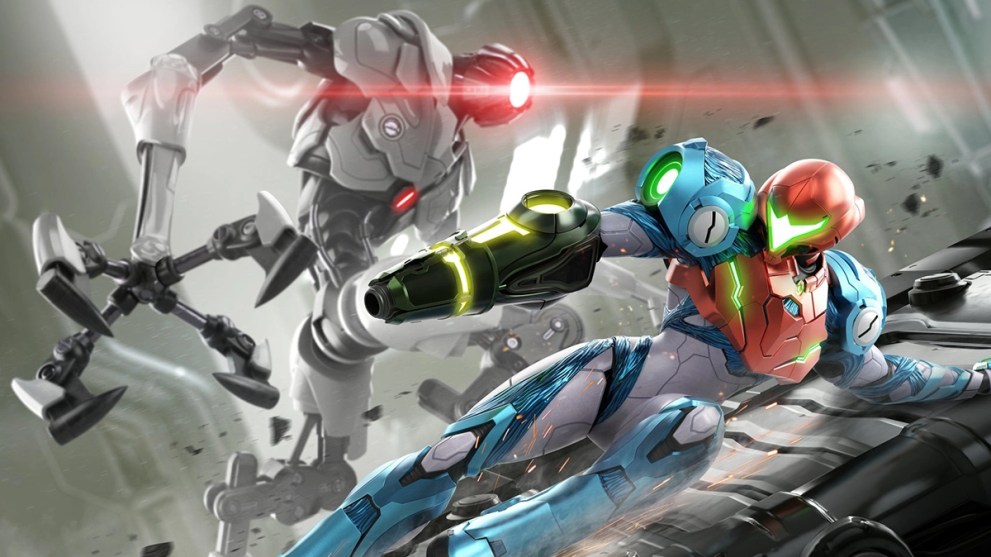
It’d feel wrong if we didn’t give a shoutout to one of the core series that helped to kickstart the entire sub-genre. (Don’t worry Castlevania fans, you’ll get your due down below, too!) Yes, Metroid Dread sees the return of everybody’s favorite galactic bounty hunter as she takes on legions of robotic nasties and a brand new species, known as the X Parasite, who can mimic any creature they infect.
Thanks to its welcoming pick up and play feel and familiar action-platforming gameplay, Metroid Dread is the perfect experience for both newcomers and veterans alike. That being said, some of the bosses can be pretty darn challenging and can seriously rain on your parade, but stick at it and you’ll be rewarded with one of the best modern Metroidvanias in recent memory.
Rogue Legacy 2
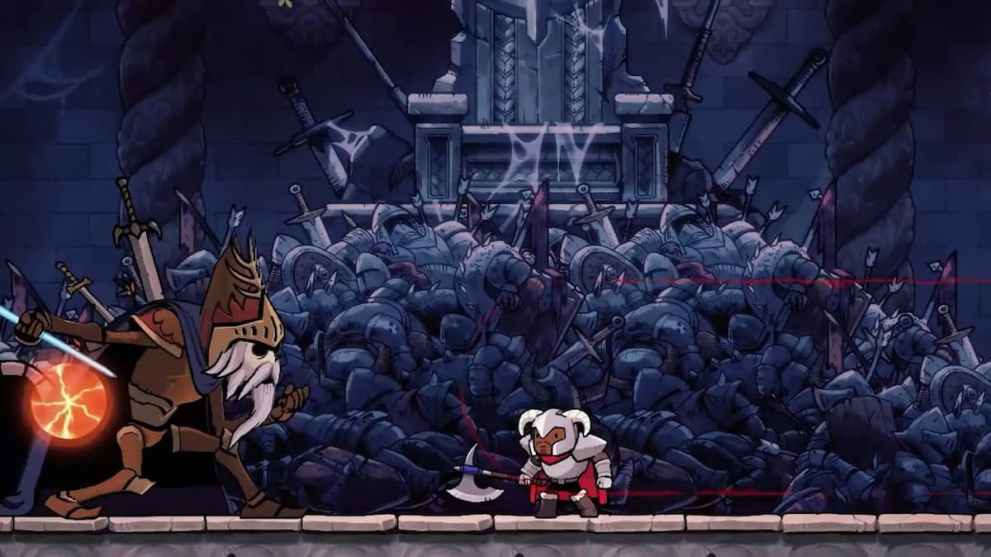
Much akin to Dead Cells down below, Rogue Legacy 2 is one of the rare Metroidvania titles on this list that integrates procedurally generated levels into the mix. Not only does this inject a wee bit of anarchic bedlam into the moment-to-moment action, but it helps to keep players constantly on their toes.
Furthermore, Cellar Door Games’ indie RPG boasts plenty of unique classes that completely change the way you play the game. Ever wanted to play as a pepperoni pizza-wielding knight? Your incredibly specific wish has finally been fulfilled! Last of all, the game features a ton of permanent upgrades that can assist you in turning the tide of battle, so it always feels like you’re consistently making progress.
Blasphemous
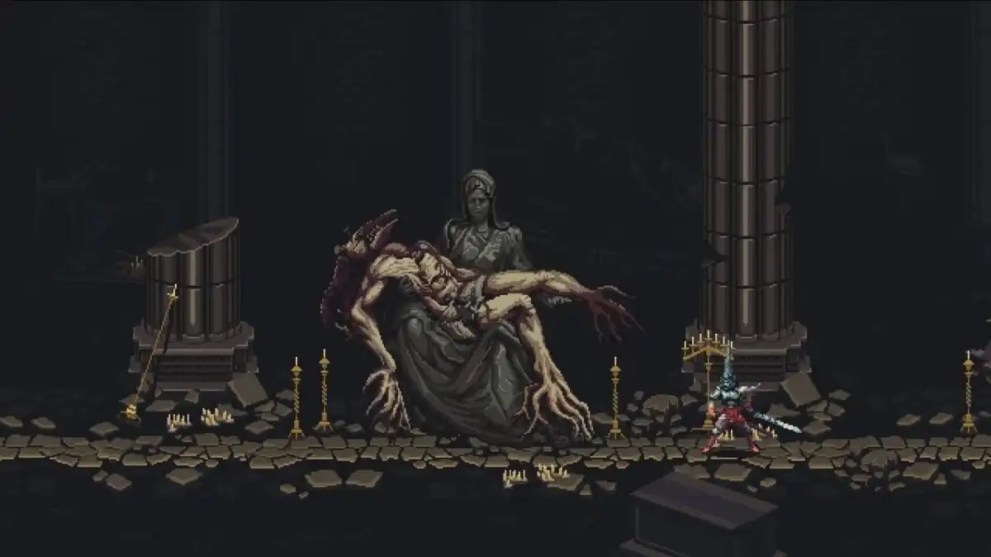
Blasphemous is basically Catholicism: The Horror Movie. You assume the role of The Penitent One, a wordless knight who wields a blade known as the Mea Culpa as he embarks on a pilgrimage through a nightmarish, twisted realm brimming with horrific monsters.
The game is heavily steeped in religious imagery with some of the bosses, items, and mechanics reflecting these ecclesiastical themes. Surprisingly gory and dark, this Metroidvania is super addictive thanks to its moreish upgrade systems, fluid combat and satisfying exploration. If you’re looking for a grittier and more somber take on the 2D action-platformer formula, this is the one for you.
Shadow Complex Remastered
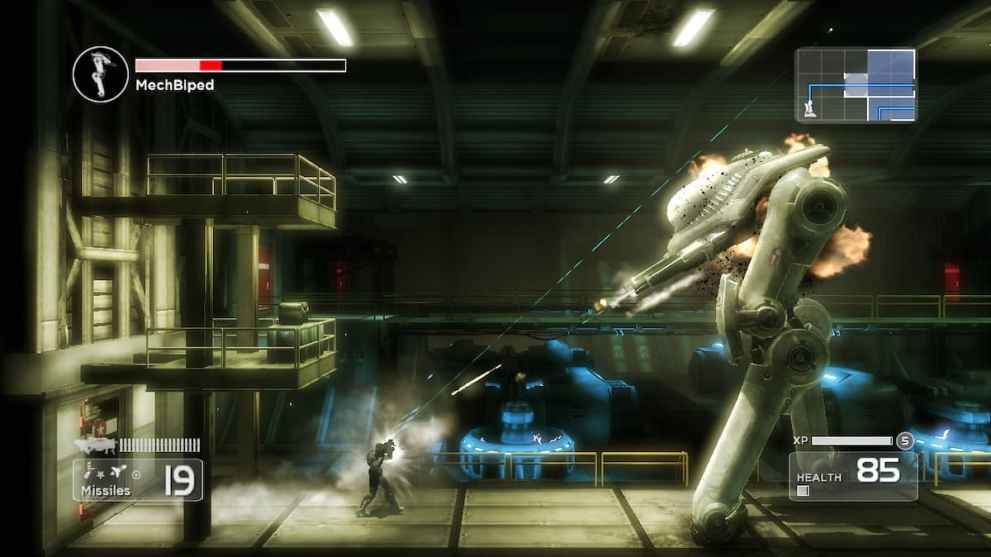
Shadow Complex Remastered is a bridge between Orson Scott Card’s award-winning Empire and Hidden Empire novels. Who knew a game about a guy who wants to rescue his girlfriend from an evil militaristic group and discovers advanced technology, evil plots, and all the other story beats we have come to expect from video games would be so important to understanding the narrative of a novel?
In all seriousness, Shadow Complex Remastered plays like a cross between Super Metroid and Castlevania: Symphony of the Night. Players gain levels to increase health and attack power, and they also find new weapons, items, and abilities that give the game a real sense of progression. By the end of Shadow Complex Remastered, you will feel like a one-man army.
Ori and the Blind Forest/ Ori and the Will of the Wisps
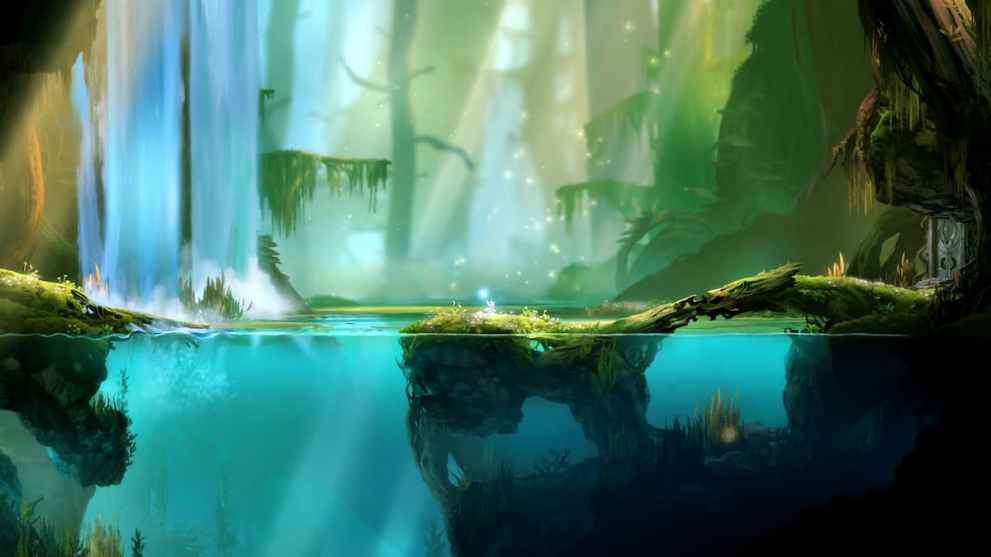
Ori and the Blind Forest just might be the most beautiful game I’ve ever seen. That is not hyperbole; the fantastic art direction, fluid animation, and the atmospheric sounds and music come together to create an experience that deserves to be on display in a museum.
In Ori and the Blind Forest, players take control of a tiny woodland creature (spirit?) as they explore the titular Blind Forest, which can transform from beautiful and serene to menacing and terrifying in the blink of an eye. The game requires expert mastery of all its unlockable abilities, and the story is both heartwarming and gut-wrenching. If you play only one Metroidvania game in your life, make it this one.
When you’re done with the original game, you can always check out its sequel, Ori and the Will of the Wisps. We’d argue this is the better game of the two, with the same stunning visual style, compelling Metroidvania gameplay, but with a plethora of quality of life improvements that make it a far less tedious experience.
Guacamelee! Super Turbo Championship Edition
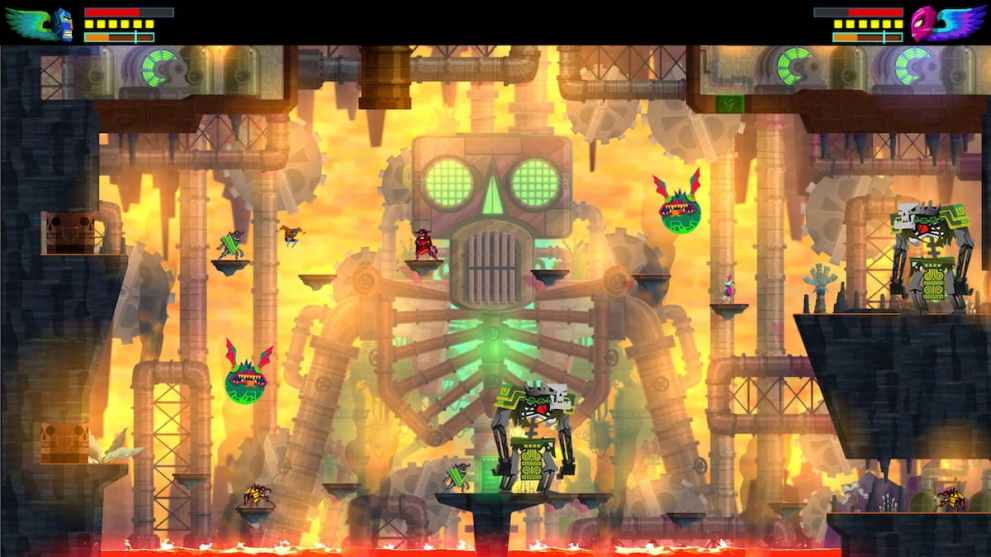
Guacamelee! is a story about a farmer who dons a magical luchador mask to rescue the daughter of Mexico’s president from an evil skeleton. Also, before the events of the game, the skeleton somehow turned the devil into a rooster. As you can tell, Guacamelee! is a very funny game.
Players will find plenty of powers in Guacemelee!, all of which are used to explore the world and suplex evil into oblivion. Many enemies have shields that can only be broken with certain attacks, and quite a few exist in a different plane of existence. Guacamelee! will challenge players’ reflexes as much as it will make them laugh.
Shantae
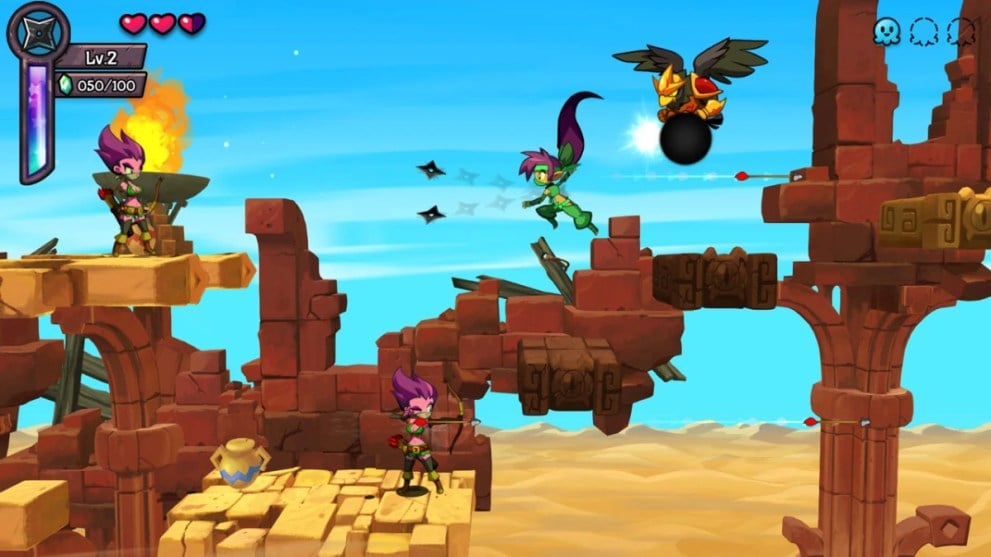
What started as an indie game for the Gameboy Color has exploded into a beloved series of Metroidvania games starring the titular half-genie hero Shantae. Back when Nintendo ran its Super Smash Bros. fighter poll, Shantae was purportedly a popular choice; that should tell you all you need to know about this franchise’s popularity.
While most Shantae games are divided into levels, players are encouraged to revisit old areas after obtaining new powers to find hidden rewards and secrets. While the first game is notoriously difficult to find, gamers can easily buy most of the other entries on their platform of choice.
Dust: An Elysian Tail
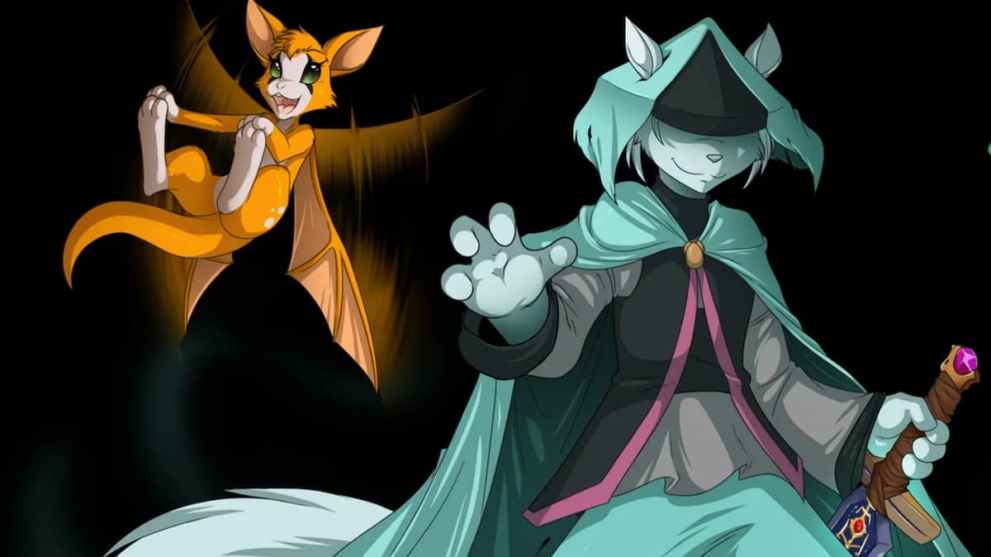
Dust: An Elysian Tail is the definition of a passion project. It was developed by one man, and every single pixel of the game oozes reverence for the video game medium. Granted, the game’s art looks kinda rough, like a low-budget YouTube video, but it is undeniably fluid and full of character.
Action is at the forefront of Dust: An Elysian Tail, and battles easily devolve into large, overblown messes of particle effects and flying enemies as the player character twirls around like a sentient hurricane. But, thanks to the art-style, Dust: An Elysian Tail can maintain this level of action and chaos without any slowdown. If you ever wondered what a Metroidvania game would play like if it featured Devil May Cry-style action, look no further.
Axiom Verge
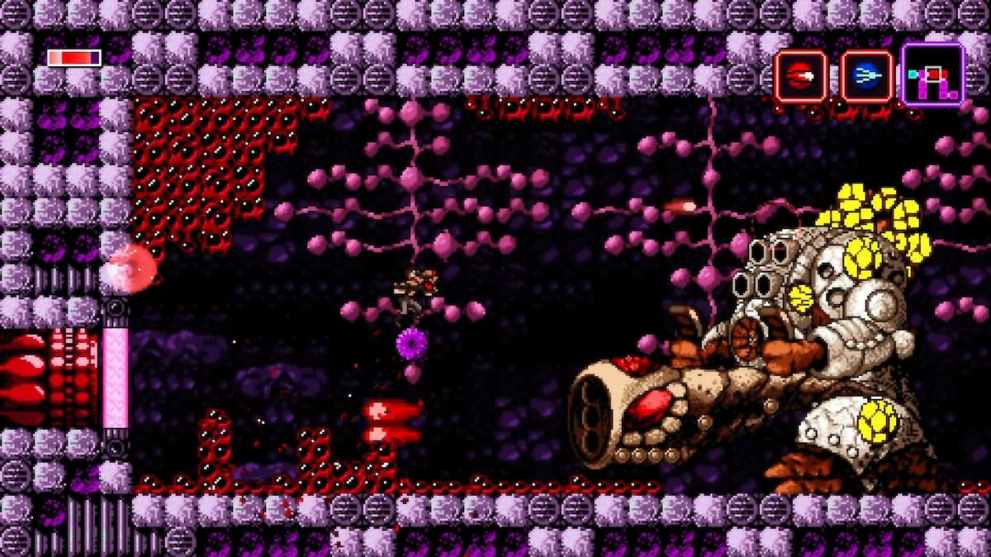
Axiom Verge is what happens when you cross Super Metroid with Giger-esque art and give the result an intentionally convoluted and philosophical story. Also guns. Lots and lots of guns, most of which are unique to this game.
Axiom Verge requires gamers to think outside the box. This game cannot be played like a normal Metroidvania, as it requires players to create and take advantage of intentional glitches. And yes, glitches play an important part in the game’s story. To say anything more about the game would likely ruin your experience.
Outland
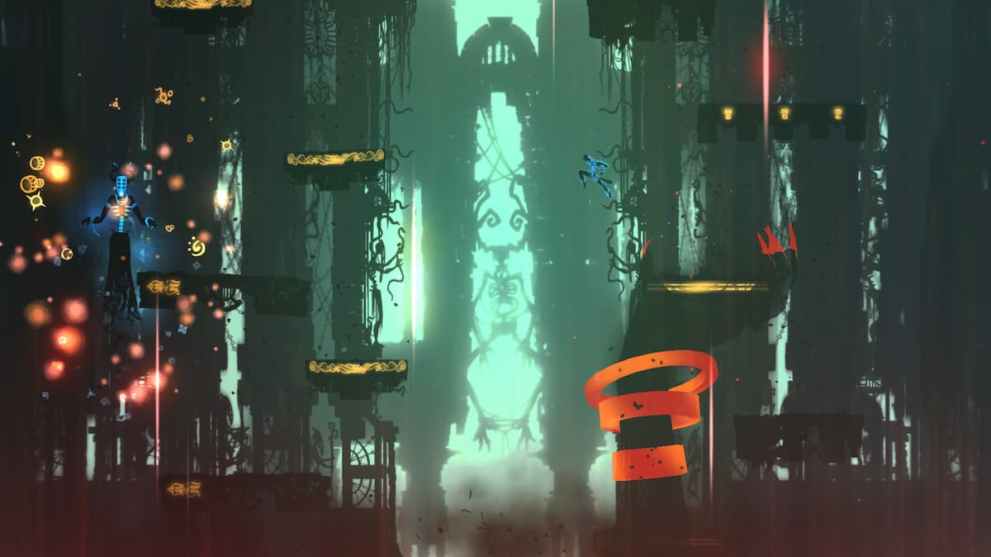
One part atmospheric Metroidvania, two parts bullet hell, Outland is as much a treat for the eyes as it is a challenge for the thumbs. The game revolves around the use of light and dark modes; players need to quickly switch between the two to navigate the world and fight enemies. Outland starts off slow, but it quickly ramps up to ludicrous levels.
While Outland mostly consists of linear levels, the game hides little upgrades behind walls or on cliffs players can’t reach without certain abilities. These upgrades aren’t necessary to complete the game, but they certainly make it easier. Outland isn’t difficult, but it’s insidiously frustrating at times, which is fitting for a game with bullet hell mechanics.
Apotheon
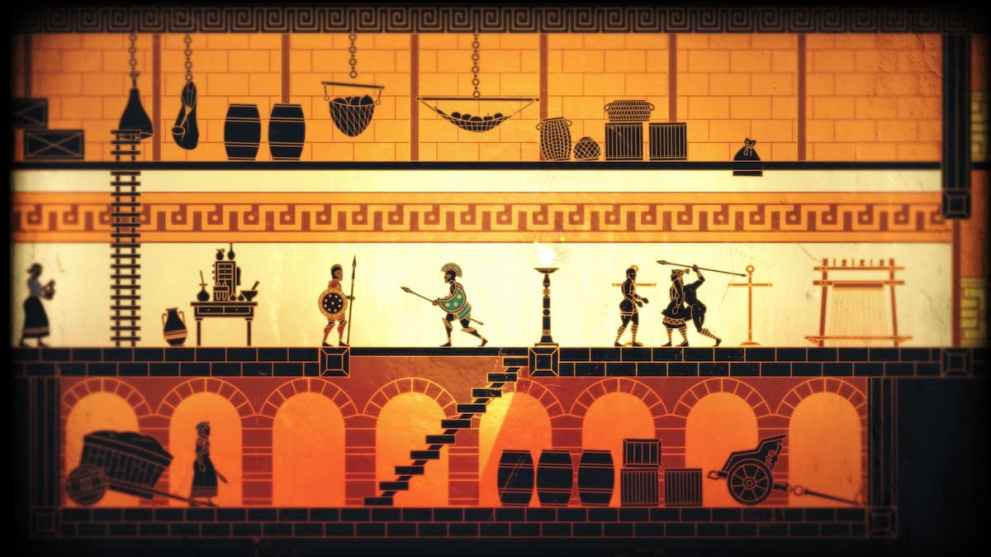
Apotheon is a Grecian urn come to life. It doesn’t just borrow the art-style found on these urns; it features all the bumps, ridges, and imperfections common on ancient pottery. These little details make Apotheon feel as if it’s an enchanted urn that tells a story through ensorcelled pictures.
Apotheon also sets itself apart from other Metroidvania games with physics-based combat. Players can stab, slash, and throw weapons at any angle. Moreover, weapons have durability, which means players constantly have to scrounge around for anything they can use, be it a javelin or a makeshift club. If that reminds you of The Legend of Zelda: Breath of the Wild, you now know just how much you will love or hate Apotheon.
Strider
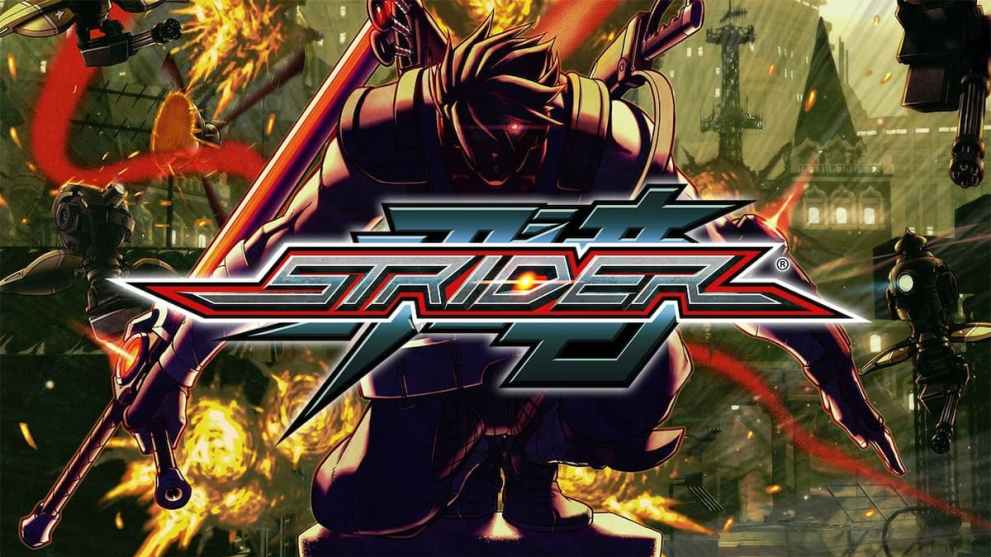
Not to be confused with the original side-scroller beat ’em-up of the same namesake, Strider is a Metroidvania through and through. Large, sprawling maps littered with secrets and treasures that can only be gained later in the game? Check. Plenty of attack and movement abilities to unlock? Also check. Awesome soundtrack? You know it.
Unlike the original Strider, the Metroidvania game of the same name makes the titular character feel like the cyber ninja he’s supposed to be. Action is lightning fast, and Strider can effortlessly move through the environment. While the platforming in Strider is easier than in most Metroidvania games, what self-respecting cyber ninja would have difficulty with platforming?
The Mummy Demastered

The latest Mummy reboot was a travesty, so nobody expected much from its tie-in game. But, WayForward Technologies surprised everyone with a Metroidvania title that isn’t just superior to the movie, it’s also superior to plenty of other video games.
The Mummy Demastered stands out from other Metroidvania games thanks to its death mechanic. Players don’t take control of the chosen one but instead a nameless, disposable grunt who, despite doing his darnedest, will eventually die. Afterwards, players control another nameless soldier and have to hunt down the reanimated corpse of the previous character if they want to retrieve their lost upgrades. This one system makes The Mummy Demastered truly unique.
Castlevania: Symphony of the Night
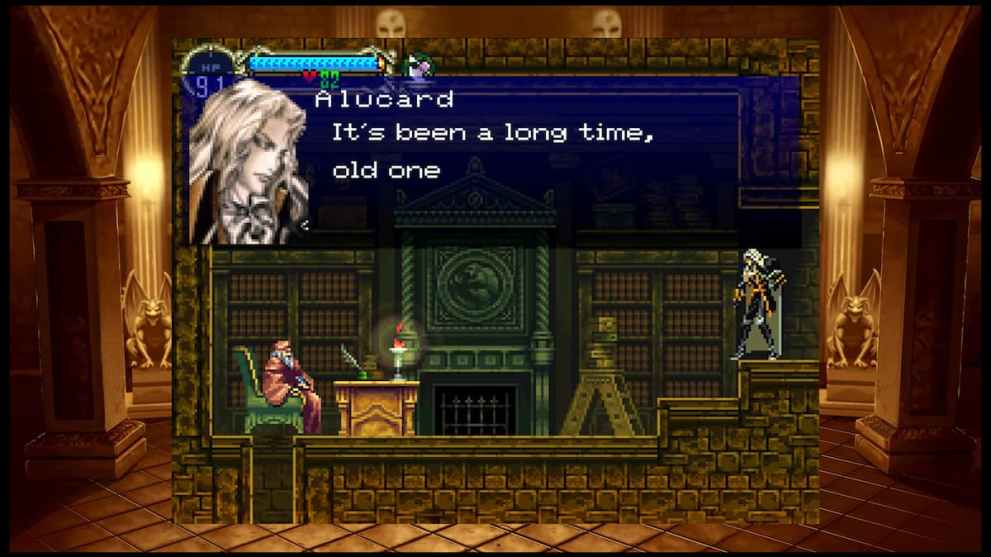
Yes, the literal mother of the Metroidvania genre (although some might disagree) is somehow still available and easily obtainable. Well, if you have a PlayStation 3, Xbox 360, or Xbox One, anyway. Regrettably, Castlevania: Symphony of the Night isn’t available on the PC or Nintendo consoles, although its spiritual successor Bloodstained: Ritual of the Night soon will be.
If you ever wondered just how the Metroidvania genre got started, pick up Castlevania: Symphony of the Night. The voice acting might be hokey and stilted, but that just adds to the game’s charm. Plus, the game retains its title as one of the best Metroidvania games ever, despite being just over two decades old.
Cave Story+
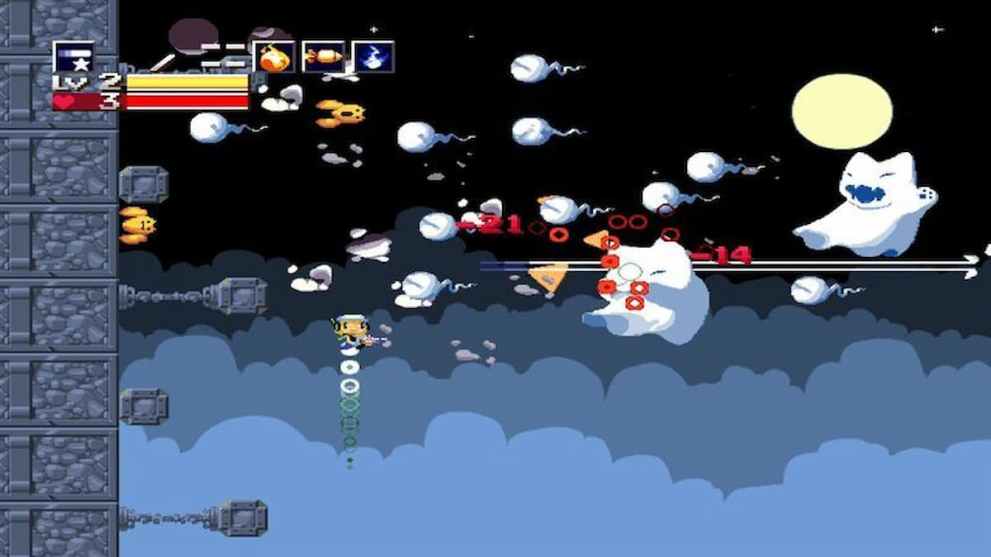
Another Metroidvania passion project made by only one guy, Cave Story (Cave Story+ if you’re playing it on the Nintendo 3DS or PC via Steam) mixes cute graphics with a surprisingly dark story. While the game doesn’t have as much exploration as other Metroidvania titles, it still hides plenty of secrets in walls and out-of-the-way locations.
Cave Story is a difficult game, not in terms of combat but the vague and cryptic criteria for obtaining certain endings. The best ending even requires gamers to occasionally act against their better instincts and common sense. And participate in a brutal and punishing boss rush that makes Dark Souls look easy by comparison. If you want the normal or bad ending, play Cave Story+ as you would any other Metroidvania, but if you want the coveted good ending, prepare to die and cry. A lot.
Hollow Knight
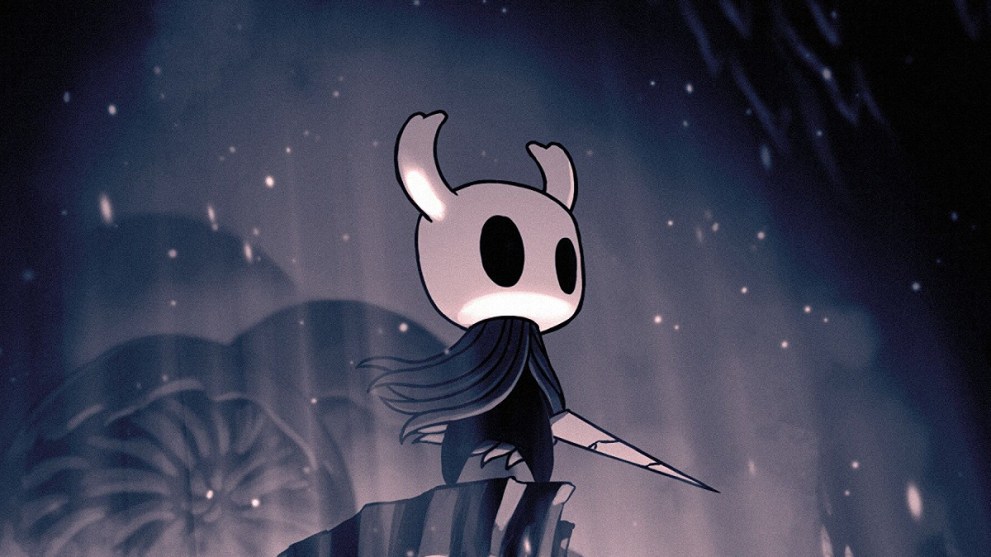
Hollow Knight might have a cartoonish aesthetic, but its art adds to the bleak atmosphere. Plus, Hollow Knight is a hard game. Enemies will chew you up and spit you out, assuming the game’s various environmental hazards don’t skewer you first.
You might think avoiding combat is the best option, but the only way to heal (or use special attacks) is to use energy gained from attacking enemies, which provides Hollow Knight a give-and-take element that is lacking in most Metroidvania games. Memorizing enemy attacks patterns might be the key to victory, but don’t go calling Hollow Knight the Dark Souls of Metroidvania games.
Dead Cells
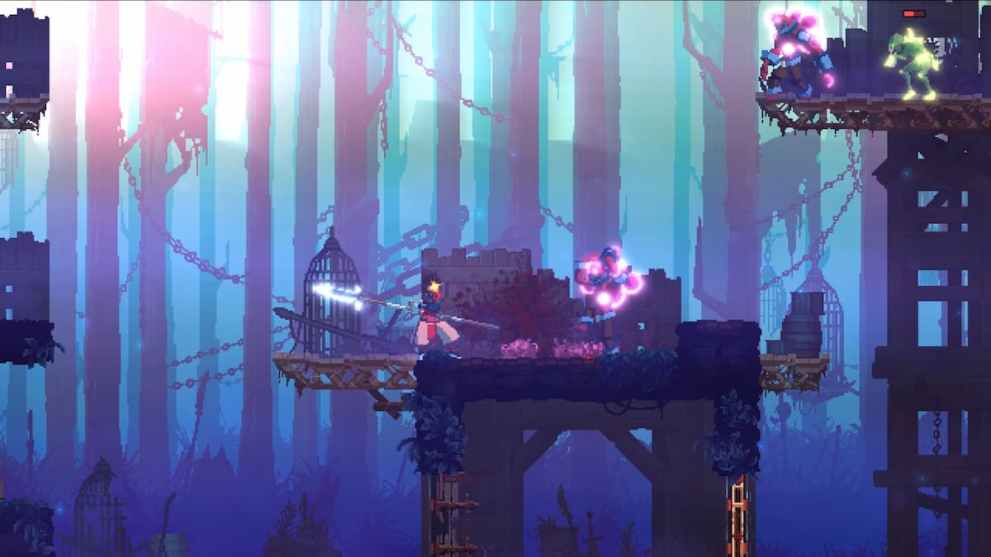
Dead Cells sits somewhere between a Metroidvania and a roguelike. It focuses on hack-and-slash action and features a procedurally generated world that shuffles around after each death. However, each time the player starts over, he or she can purchase upgrades that make subsequent runs easier.
Even though Dead Cells’ levels are randomly generated, they feature all the hallmarks of a good Metroidvania game, with plenty of rooms to explore, enemies to kill, and loot to obtain. Dead Cells may be in early access on PC, but when it’s finished, it will be available for all modern consoles.
Salt and Sanctuary
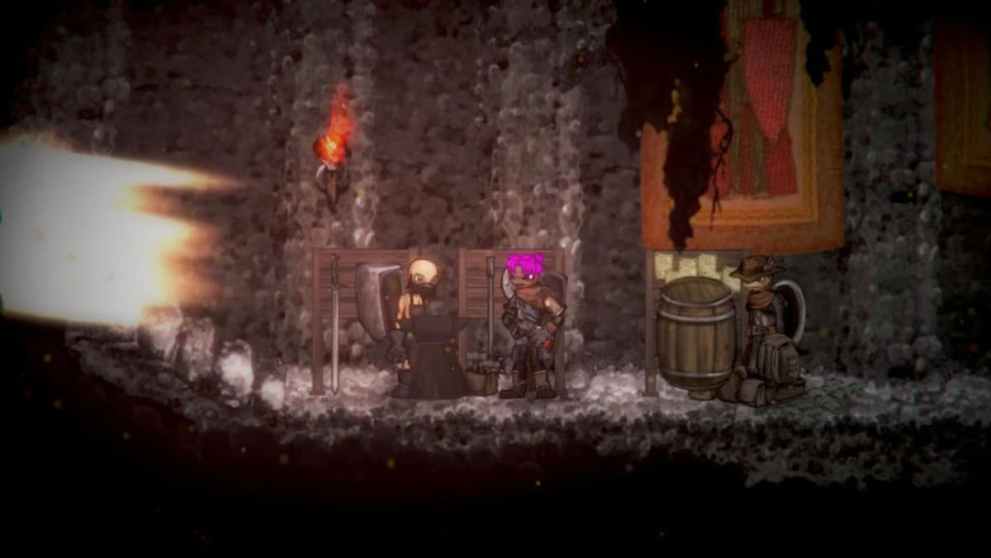
Okay, you can call Salt and Sanctuary the Dark Souls of Metroidvania games. In fact, it could be considered a 2D Dark Souls clone, since most of its mechanics are lifted from Dark Souls. But, that’s not a knock against Salt and Sanctuary, just an admission of the obvious.
Salt and Sanctuary might copy Dark Souls, but it still has a few original ideas of its own. What goes for bonfires can be customized with various NPC shops and services, and combat is far faster and more combo-friendly. Much like Metroidvania games and Dark Souls, Salt and Sanctuary encourages players to backtrack and explore the darkest corners of maps that were once inaccessible thanks to difficult enemies.

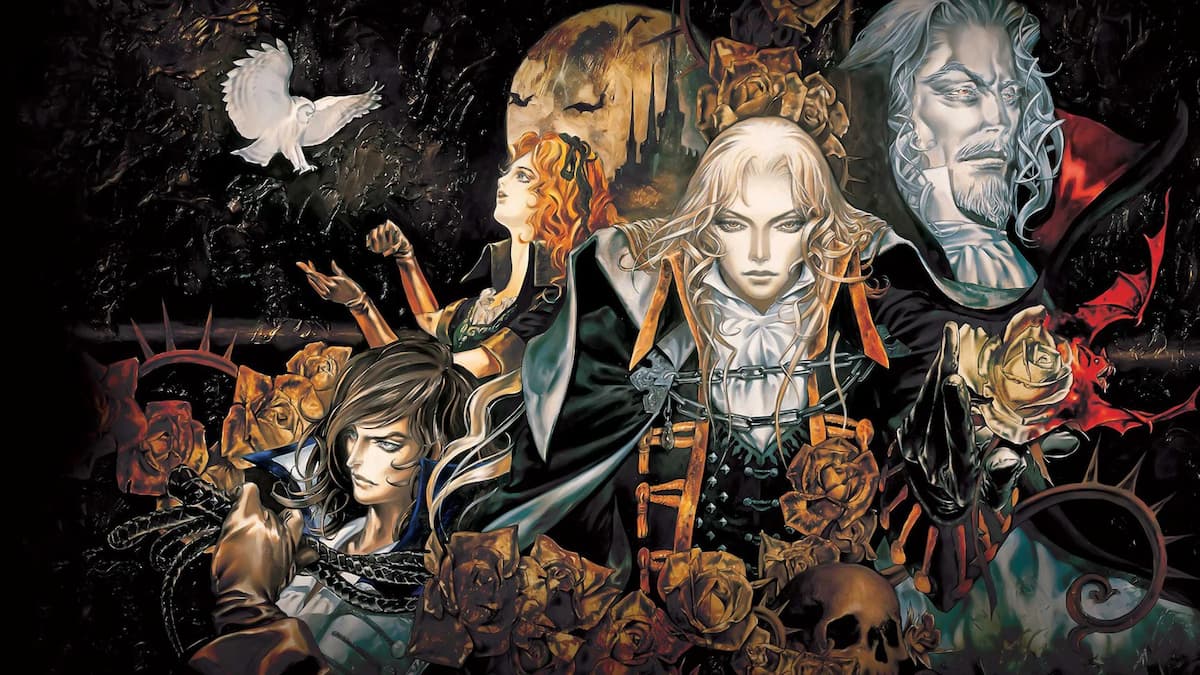
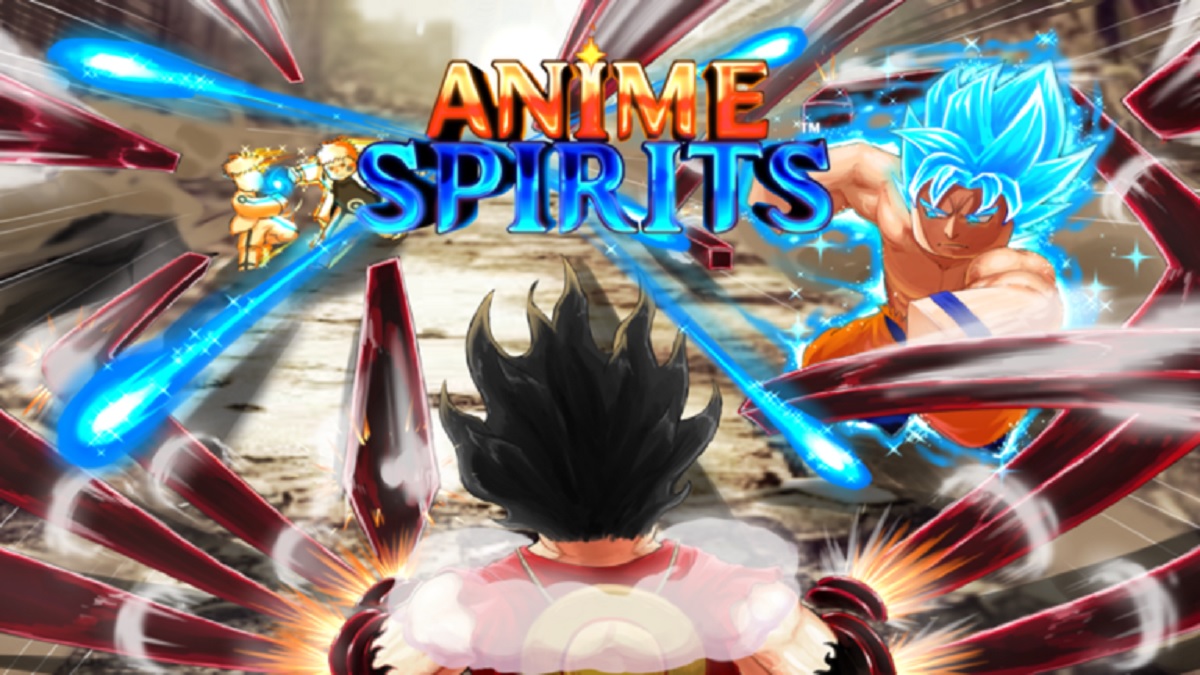
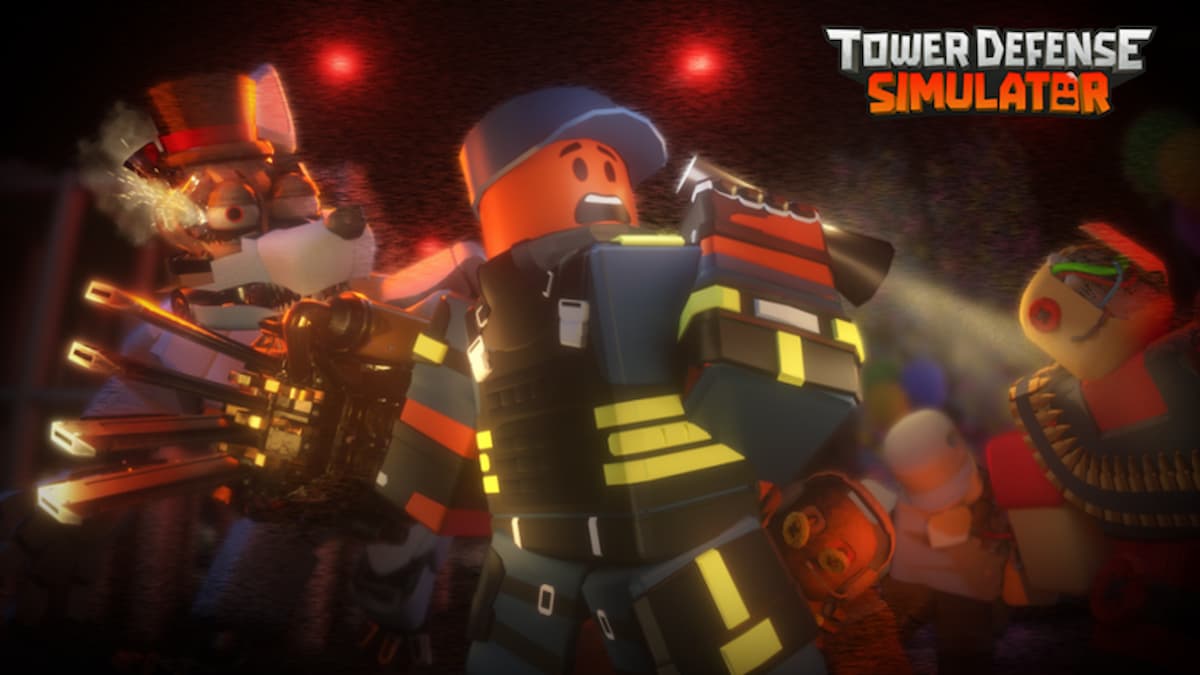
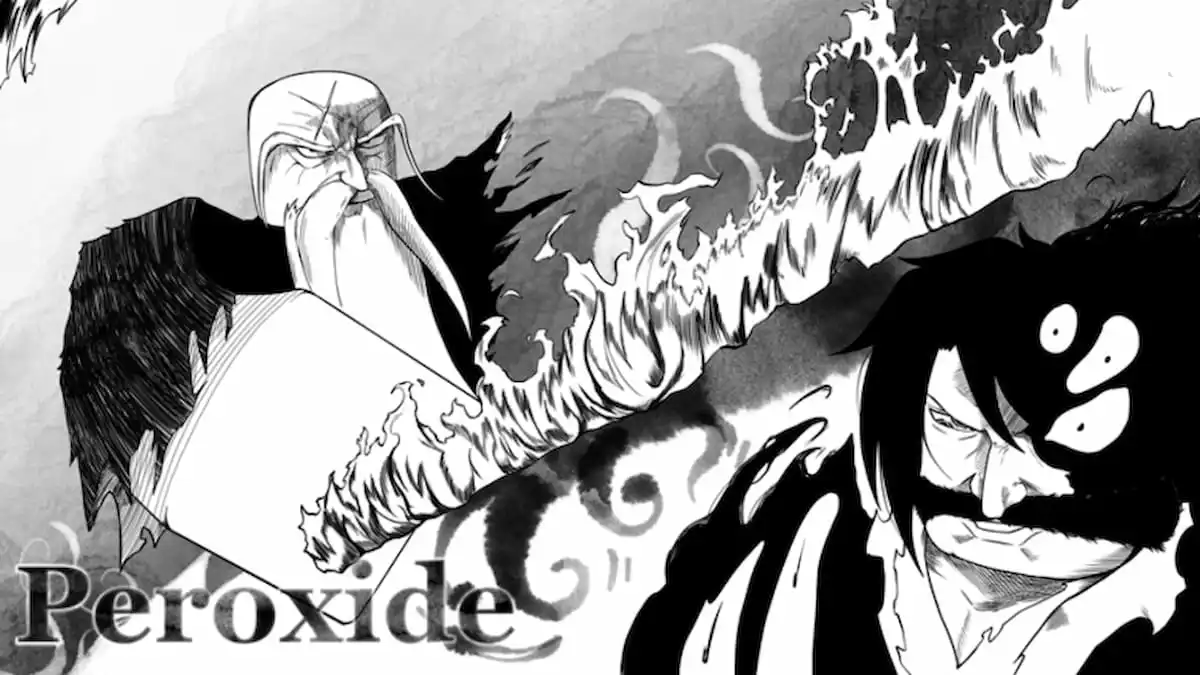
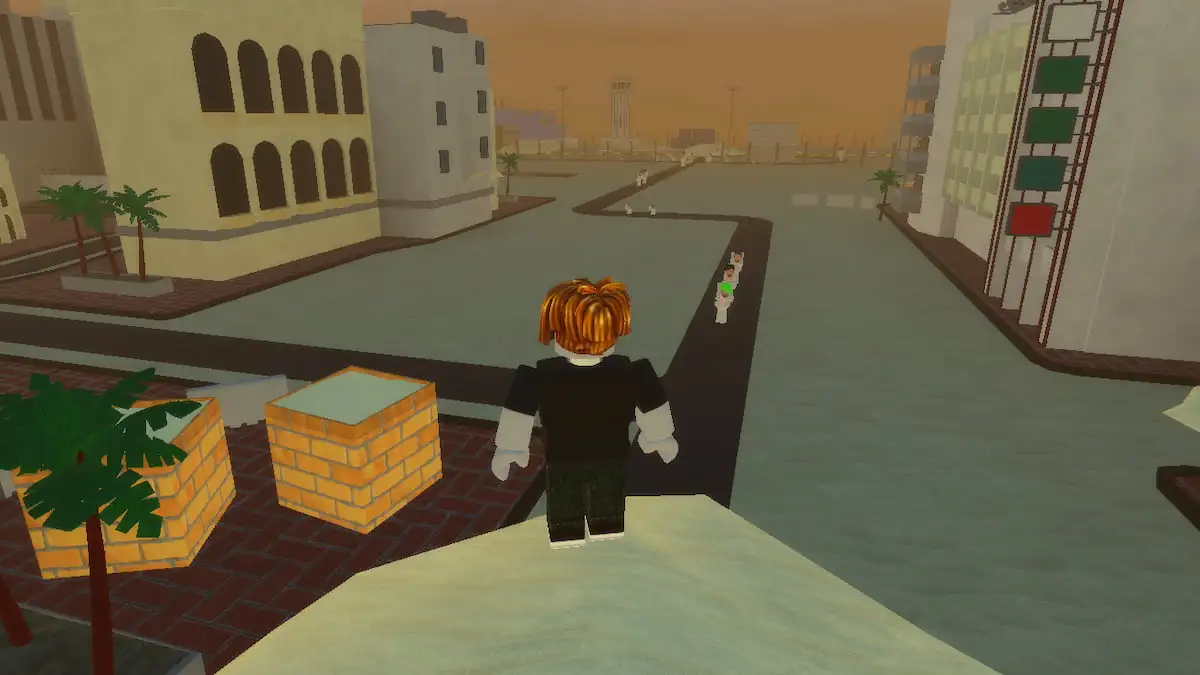
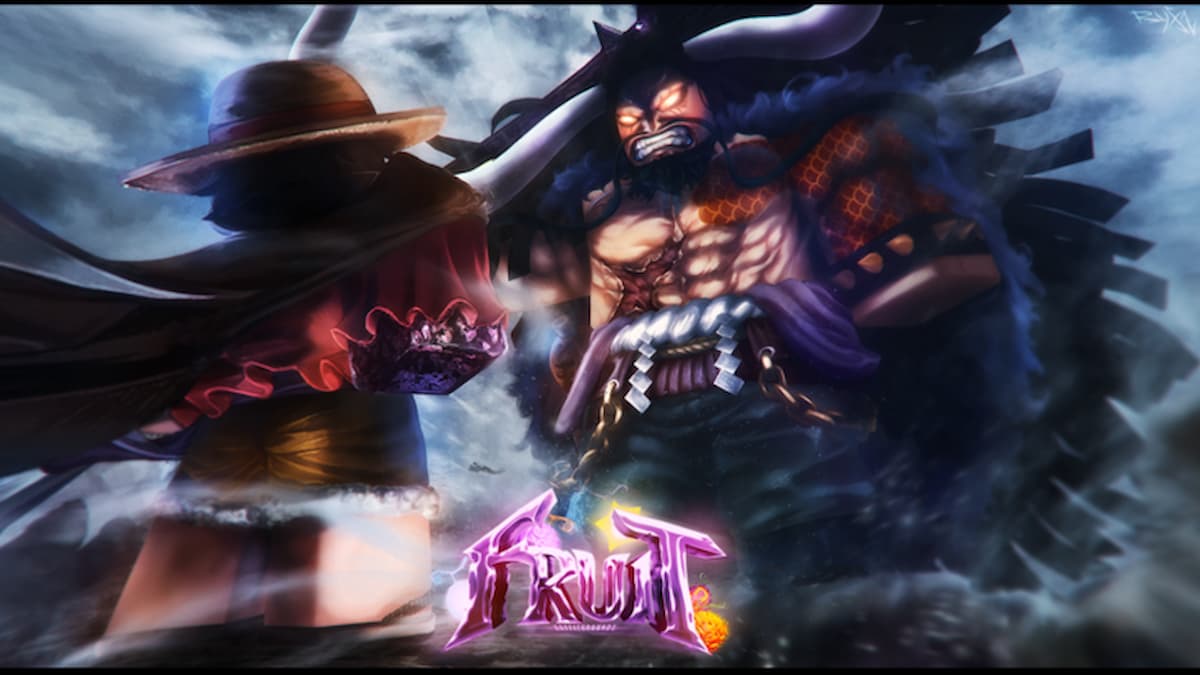
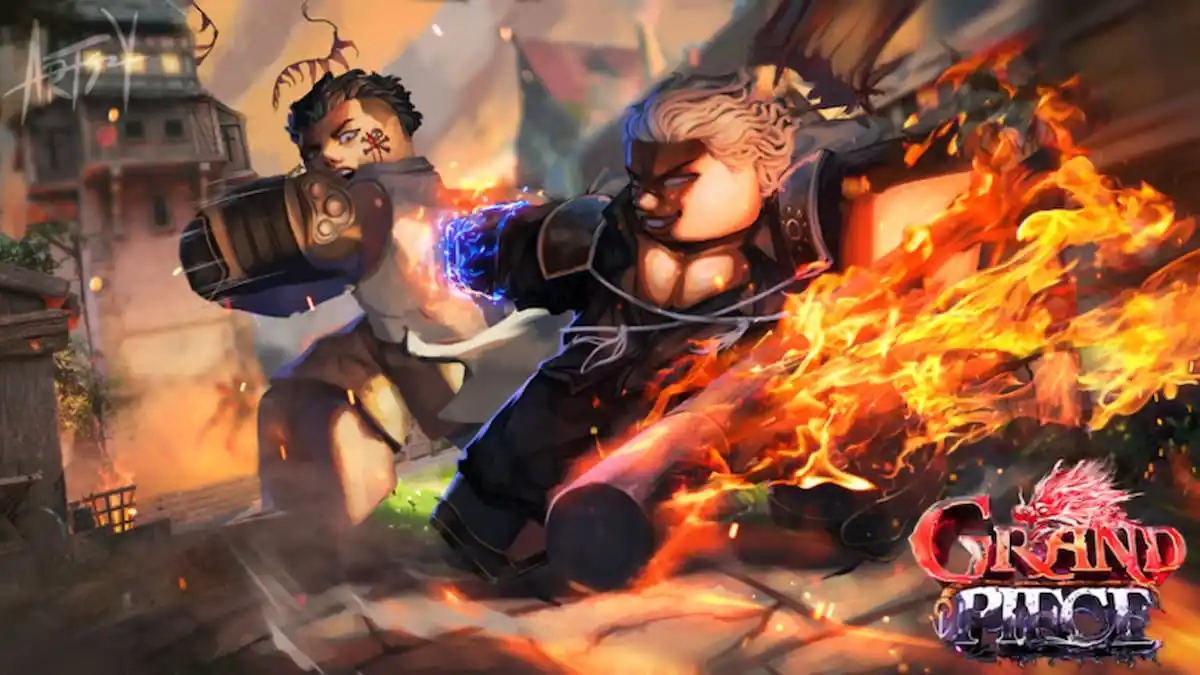



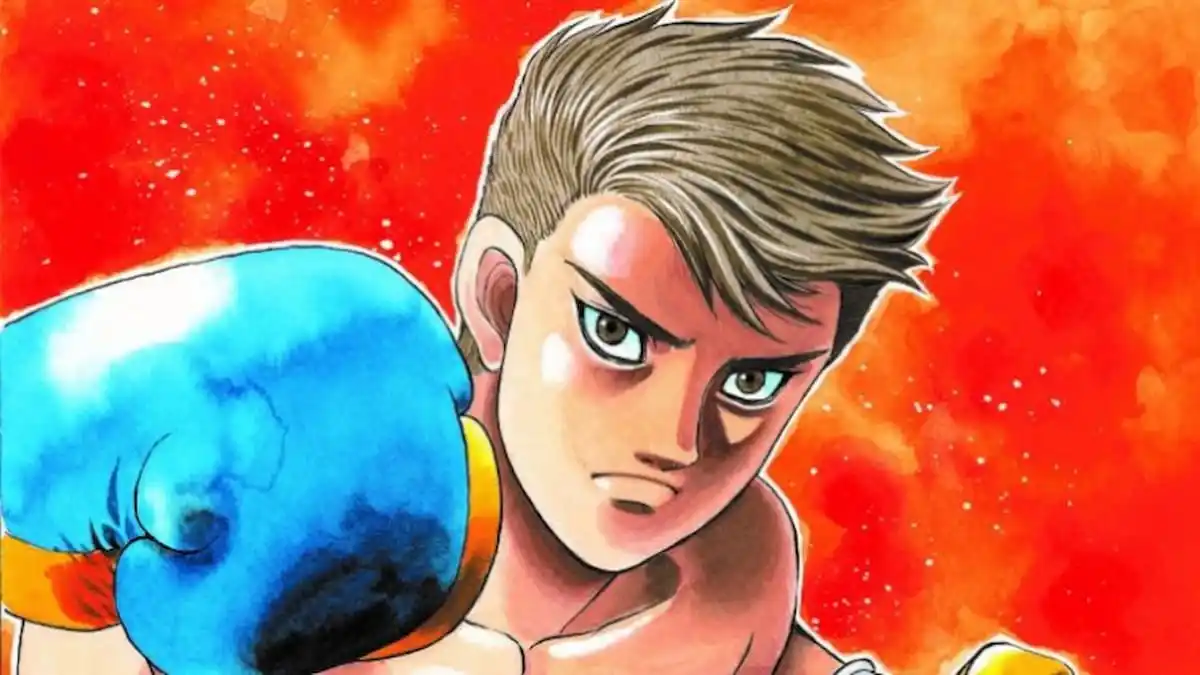

Updated: Jul 6, 2023 07:42 am